
Architectural Abstract 11
Beyti Barbaros
Photography - 55 x 150 x 3 cm Photography - 21.7 x 59.1 x 1.2 inch
€1,854
Abstract photography, also sometimes known as experimental photography, is the art of creating a visual effect with an image that has no immediate attachment to reality, by using processes like focusing, framing, or retouching and editing the photograph in post-processing. For example, an abstract picture can sometimes isolate a fragment of an ordinary image to remove it from its original context and give it a surrealist edge. It can also involve playing with blurring, shadows or lighting, textures or unexpected forms. The image is often created with traditional photographic material (analog or digital cameras, dark room, computer). However, artists can also manipulate and alter the film in order to achieve the desired effect.
The first images known as “abstract photographs" appeared shortly after the invention of photography in the 1830s. In 1842, John William Draper created a new type of images with a spectroscope. This machine dispersed light beams and produced a phenomenon that was previously invisible to the eye. The negatives he produced had nothing in common with the works of other photographers, and they opened the way for innovative photographic works. Draper perceived these images as a scientific discovery, not as artworks, but today his method is widely acclaimed by critics for its inherent originality.
In England, Anna Atkins was also a pioneer of abstract photography; she was the first one to place dry algae on cyanotype paper. This scientific experiment improved photographic techniques by creating unique blue and white images. Moreover, the discovery of X-ray and radioactivity in 1896 provoked a fascination for the invisible and many photographers were immediately drawn to these phenomena. French photographer Louis Darget attempted to capture mental processes by pressing unexposed plates to the foreheads of his and trying to get them to project images from their minds onto the plates. He carried out thousands of similar experiments.
It was only during the 20th century that abstract photography truly became recognised as an artistic practice. Surrealism and cubism started replacing impressionism, especially after the Salon d'Automne in 1903 in Paris. This event highlighted new talents like Pablo Picasso, Marcel Duchamp… Ten years later, in New York, Wassily Kandinsky, Mondrian, Braque and Delaunay shocked audiences. The freedom coming from abstract art inspired some of the greatest photographers to break the rules.
Erwin Quedenfeldt exhibited the first abstract photographs in Cologne in 1914. From 1920 to 1930, Europe became the epicenters of conceptual photography with artists such as Jaroslav Rossler, Josef Sudeck, and Rössler exploring abstraction.
Post-processing became more central to photographic works in the 60s and the 70s, with artists like Josef Newman. Eventually, the growing popularity of computers in the 90s and the 2000s opened up infinite possibilities for creating original work. Some contemporary photographers like Peter Klasen, Dominic Harris, or Nicolas Dubreuille combine photography with other mediums.
Find them all on Artsper with our unique selection of abstract photographs.
Save your search and find it in your favorites
Save your search to find it quickly
Saved search
Your search is accessible from the favorites tab > My favorite searches
Unsaved search
A problem occurred

Photography - 55 x 150 x 3 cm Photography - 21.7 x 59.1 x 1.2 inch
€1,854

Photography - 50 x 148 x 3 cm Photography - 19.7 x 58.3 x 1.2 inch
€1,854

Photography - 50 x 150 x 3 cm Photography - 19.7 x 59.1 x 1.2 inch
€1,854

Photography - 50 x 150 x 3 cm Photography - 19.7 x 59.1 x 1.2 inch
€1,854
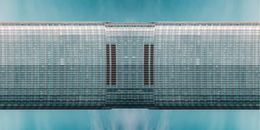
Photography - 76 x 152 x 3 cm Photography - 29.9 x 59.8 x 1.2 inch
€1,854
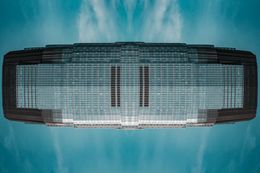
Photography - 101 x 152 x 3 cm Photography - 39.8 x 59.8 x 1.2 inch
€1,854
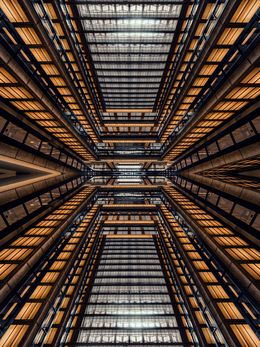
Photography - 152 x 114 x 3 cm Photography - 59.8 x 44.9 x 1.2 inch
€1,854

Photography - 50 x 152 x 3 cm Photography - 19.7 x 59.8 x 1.2 inch
€1,854
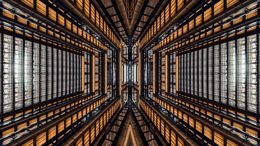
Photography - 83 x 152 x 3 cm Photography - 32.7 x 59.8 x 1.2 inch
€1,854
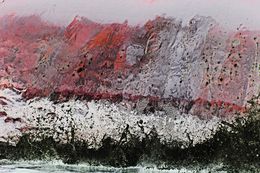
Photography - 70 x 105 x 0.1 cm Photography - 27.6 x 41.3 x 0 inch
€1,600
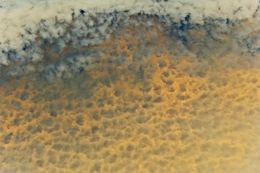
Photography - 70 x 105 x 0.1 cm Photography - 27.6 x 41.3 x 0 inch
€1,600
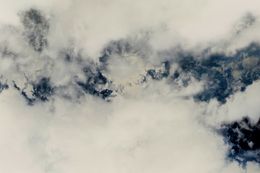
Photography - 70 x 105 x 0.1 cm Photography - 27.6 x 41.3 x 0 inch
€1,600
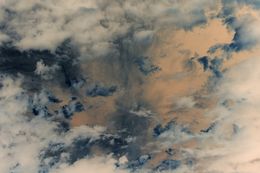
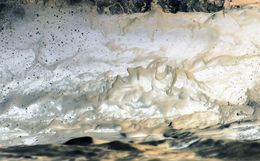
Photography - 70 x 105 x 0.1 cm Photography - 27.6 x 41.3 x 0 inch
€1,600
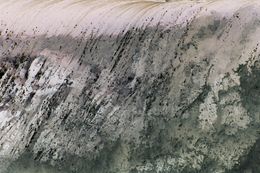
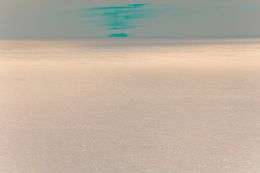
Photography - 70 x 105 x 0.1 cm Photography - 27.6 x 41.3 x 0 inch
€1,600
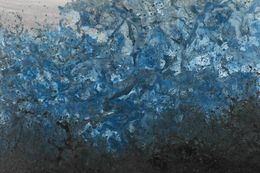
Photography - 70 x 105 x 0.1 cm Photography - 27.6 x 41.3 x 0 inch
€1,600
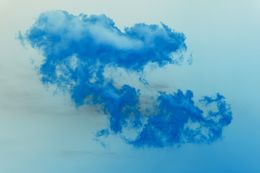
Photography - 80 x 120 x 0.1 cm Photography - 31.5 x 47.2 x 0 inch
€1,900
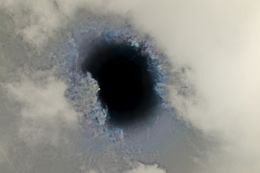
Photography - 80 x 120 x 0.1 cm Photography - 31.5 x 47.2 x 0 inch
€1,900
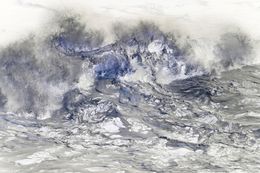
Photography - 80 x 120 x 0.1 cm Photography - 31.5 x 47.2 x 0 inch
€1,900

Photography - 60 x 80 x 2.7 cm Photography - 23.6 x 31.5 x 1.1 inch
€2,500

Photography - 60 x 80 x 2.7 cm Photography - 23.6 x 31.5 x 1.1 inch
€2,500

Photography - 60 x 80 x 2.7 cm Photography - 23.6 x 31.5 x 1.1 inch
€2,500
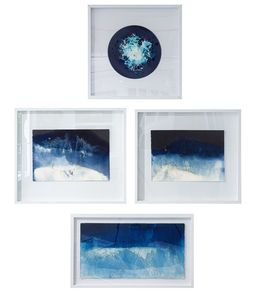
Photography - 122.9 x 111.8 x 0.3 cm Photography - 48.4 x 44 x 0.1 inch
€6,492
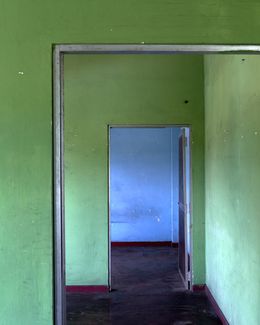
Photography - 119 x 84 x 0.1 cm Photography - 46.9 x 33.1 x 0 inch
€2,726

Photography - 30 x 30 x 1 cm Photography - 11.8 x 11.8 x 0.4 inch
€600
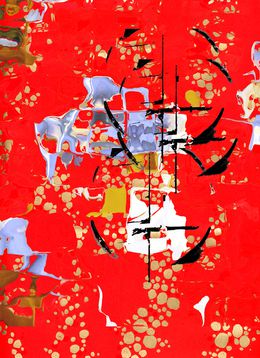
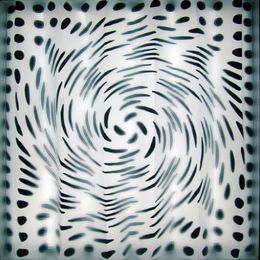
Photography - 59.5 x 59.5 x 7 cm Photography - 23.4 x 23.4 x 2.8 inch
€1,900
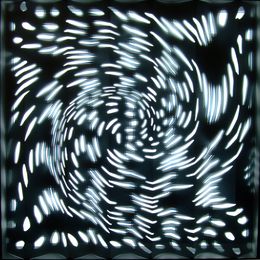
Photography - 59.5 x 59.5 x 7 cm Photography - 23.4 x 23.4 x 2.8 inch
€1,900
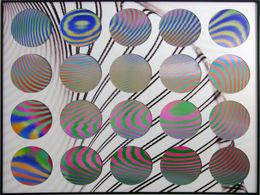
Photography - 59 x 73 cm Photography - 23.2 x 28.7 inch
€2,300
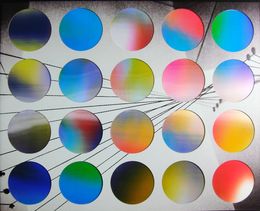
Photography - 59 x 73 cm Photography - 23.2 x 28.7 inch
€2,300
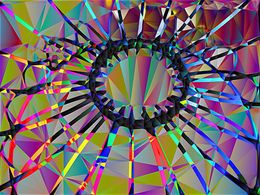
Photography - 32 x 32 x 2 cm Photography - 12.6 x 12.6 x 0.8 inch
€1,200
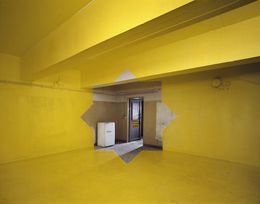
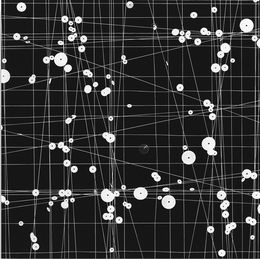
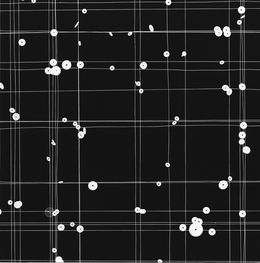

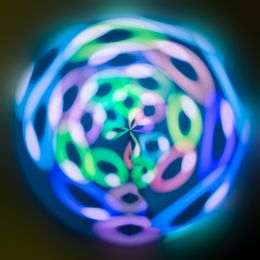
Photography - 80 x 80 x 2 cm Photography - 31.5 x 31.5 x 0.8 inch
€1,940

Photography - 40.6 x 61 x 0.3 cm Photography - 16 x 24 x 0.1 inch
€287





Photography - 69 x 100 x 0.3 cm Photography - 27.2 x 39.4 x 0.1 inch
€1,391

Photography - 69 x 100 x 0.3 cm Photography - 27.2 x 39.4 x 0.1 inch
€1,391

Photography - 100 x 100 cm Photography - 39.4 x 39.4 inch
€2,460

Photography - 80 x 120 cm Photography - 31.5 x 47.2 inch
€2,360

Photography - 80 x 120 cm Photography - 31.5 x 47.2 inch
€2,360

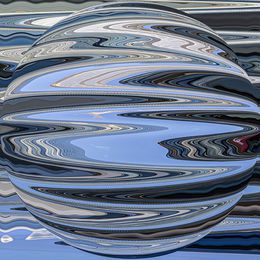

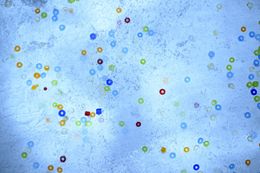

Photography - 80 x 120 x 2.7 cm Photography - 31.5 x 47.2 x 1.1 inch
€3,500
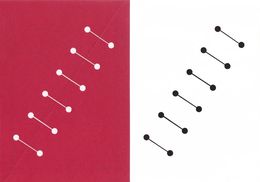
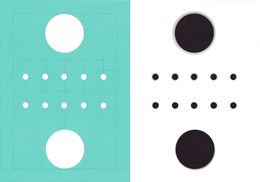

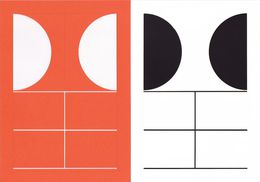
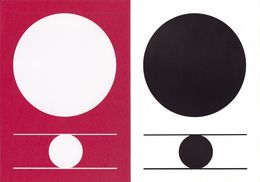
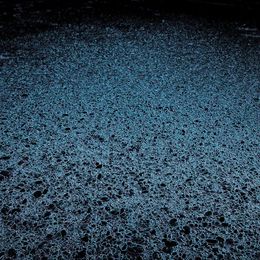
Photography - 80 x 80 x 2 cm Photography - 31.5 x 31.5 x 0.8 inch
€1,560
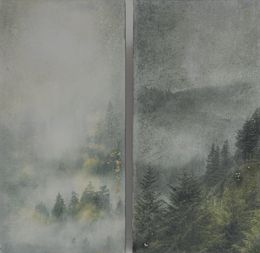
Photography - 45 x 40 x 5 cm Photography - 17.7 x 15.7 x 2 inch
€1,250

Photography - 40 x 120 x 0.8 cm Photography - 15.7 x 47.2 x 0.3 inch
€830

Photography - 61 x 121.9 x 0.3 cm Photography - 24 x 48 x 0.1 inch
€923
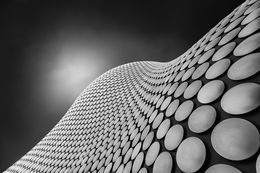
Photography - 100 x 140 x 0.3 cm Photography - 39.4 x 55.1 x 0.1 inch
€1,071
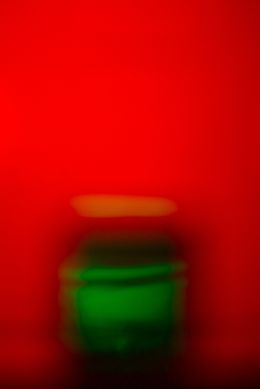
Photography - 55.8 x 39.3 x 0.1 cm Photography - 22 x 15.5 x 0 inch
€1,487

Photography - 55.8 x 39.3 x 0.1 cm Photography - 22 x 15.5 x 0 inch
€1,487
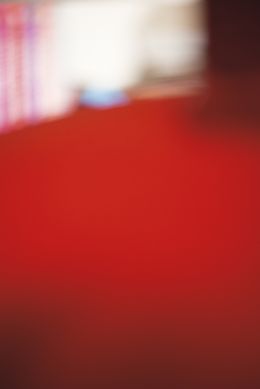
Photography - 55.8 x 39.3 x 0.1 cm Photography - 22 x 15.5 x 0 inch
€1,611

Photography - 55.8 x 39.3 x 0.1 cm Photography - 22 x 15.5 x 0 inch
€1,363

Photography - 55.8 x 39.3 x 0.1 cm Photography - 22 x 15.5 x 0 inch
€1,858

Photography - 55.8 x 39.3 x 0.1 cm Photography - 22 x 15.5 x 0 inch
€1,487
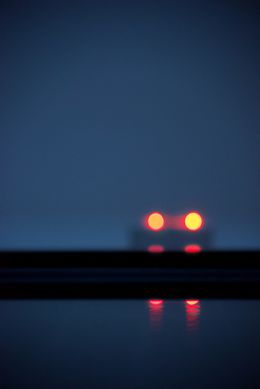
Photography - 55.8 x 39.3 x 0.1 cm Photography - 22 x 15.5 x 0 inch
€1,487

Photography - 55.8 x 39.3 x 0.1 cm Photography - 22 x 15.5 x 0 inch
€1,487

Photography - 55.8 x 39.3 x 0.1 cm Photography - 22 x 15.5 x 0 inch
€1,363

Photography - 55.8 x 39.3 x 0.1 cm Photography - 22 x 15.5 x 0 inch
€1,363
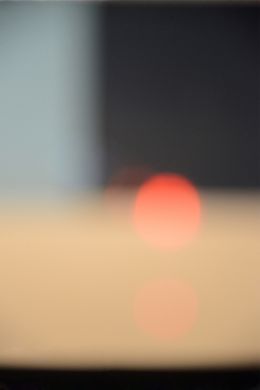
Photography - 55.8 x 39.3 x 0.1 cm Photography - 22 x 15.5 x 0 inch
€1,982
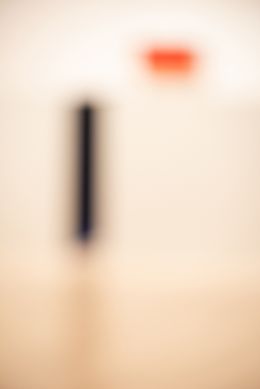
Photography - 55.8 x 39.3 x 0.1 cm Photography - 22 x 15.5 x 0 inch
€1,363

Photography - 74.9 x 59.9 x 0.3 cm Photography - 29.5 x 23.6 x 0.1 inch
€2,040

Photography - 74.9 x 59.9 x 0.3 cm Photography - 29.5 x 23.6 x 0.1 inch
€2,040

Photography - 74.9 x 59.9 x 0.3 cm Photography - 29.5 x 23.6 x 0.1 inch
€2,040

Photography - 74.9 x 59.9 x 0.3 cm Photography - 29.5 x 23.6 x 0.1 inch
€2,040
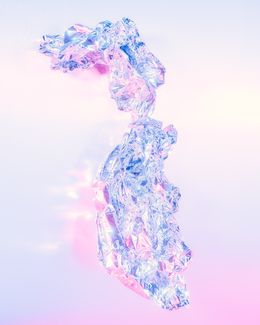
Photography - 74.9 x 59.9 x 0.3 cm Photography - 29.5 x 23.6 x 0.1 inch
€2,040

Photography - 74.9 x 59.9 x 0.3 cm Photography - 29.5 x 23.6 x 0.1 inch
€2,040
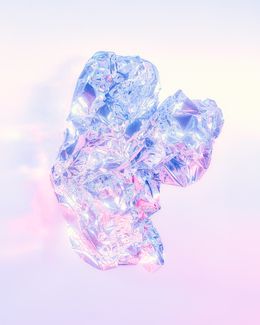
Photography - 74.9 x 59.9 x 0.3 cm Photography - 29.5 x 23.6 x 0.1 inch
€2,040

Photography - 74.9 x 59.9 x 0.3 cm Photography - 29.5 x 23.6 x 0.1 inch
€2,040
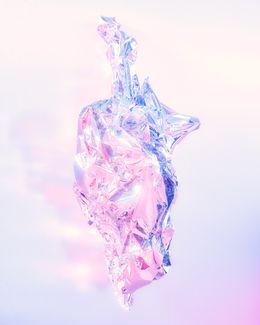
Photography - 74.9 x 59.9 x 0.3 cm Photography - 29.5 x 23.6 x 0.1 inch
€2,040

Photography - 74.9 x 59.9 x 0.3 cm Photography - 29.5 x 23.6 x 0.1 inch
€2,040

Photography - 74.9 x 59.9 x 0.3 cm Photography - 29.5 x 23.6 x 0.1 inch
€2,040
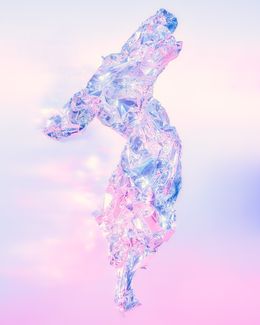
Photography - 74.9 x 59.9 x 0.3 cm Photography - 29.5 x 23.6 x 0.1 inch
€2,040
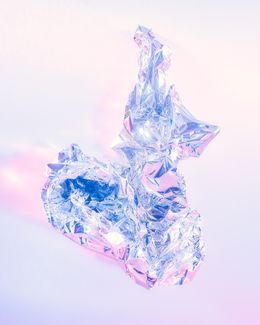
Photography - 74.9 x 59.9 x 0.3 cm Photography - 29.5 x 23.6 x 0.1 inch
€2,040
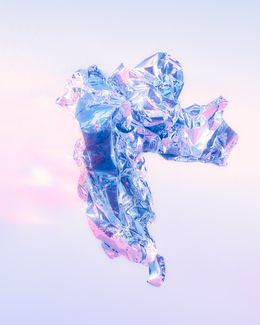
Photography - 74.9 x 59.9 x 0.3 cm Photography - 29.5 x 23.6 x 0.1 inch
€2,040
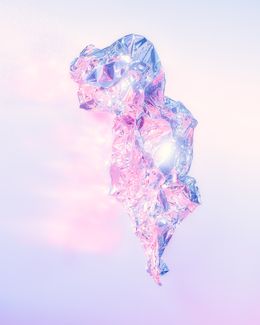
Photography - 74.9 x 59.9 x 0.3 cm Photography - 29.5 x 23.6 x 0.1 inch
€2,040
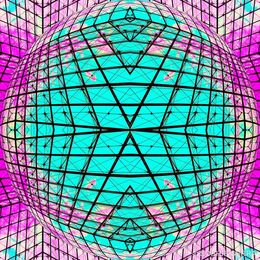
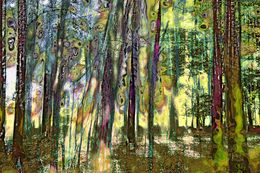
Photography - 81.3 x 99.1 x 2.5 cm Photography - 32 x 39 x 1 inch
€1,146
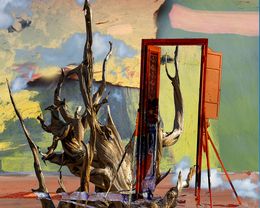
Photography - 81.3 x 99.1 x 2.5 cm Photography - 32 x 39 x 1 inch
€1,131
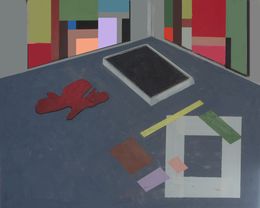
Photography - 81.3 x 99.1 x 2.5 cm Photography - 32 x 39 x 1 inch
€1,094
Abstract photography refers to images created using photography equipment that do not directly represent the real visual world as we see it. Abstract photographers use different techniques to manipulate the image captured by the camera.
There are different factors in what makes a good abstract photograph, including composition, color, tone, lighting and mystery.
There are many different ways to produce an abstract photograph. Techniques can include moving the camera during exposure, playing with light and reflections, using different angles, and experimenting with production techniques.
One of the most famous abstract photographers is Wolfgang Tillmans, known for his experimental approach and innovative use of color and form. His work blurs the boundaries between photography, abstraction, and contemporary art.
The elements of abstract photography include shapes, colors, lines, textures, and patterns, often detached from recognizable subjects. This style emphasizes visual impact and emotion over literal representation.
Abstract nature photography captures natural elements in a way that emphasizes shapes, colors, and textures over realistic representation. It often transforms familiar scenes into visually intriguing compositions, inviting viewers to interpret the image freely.
Choose your preferences
The art is yours
The art is yours